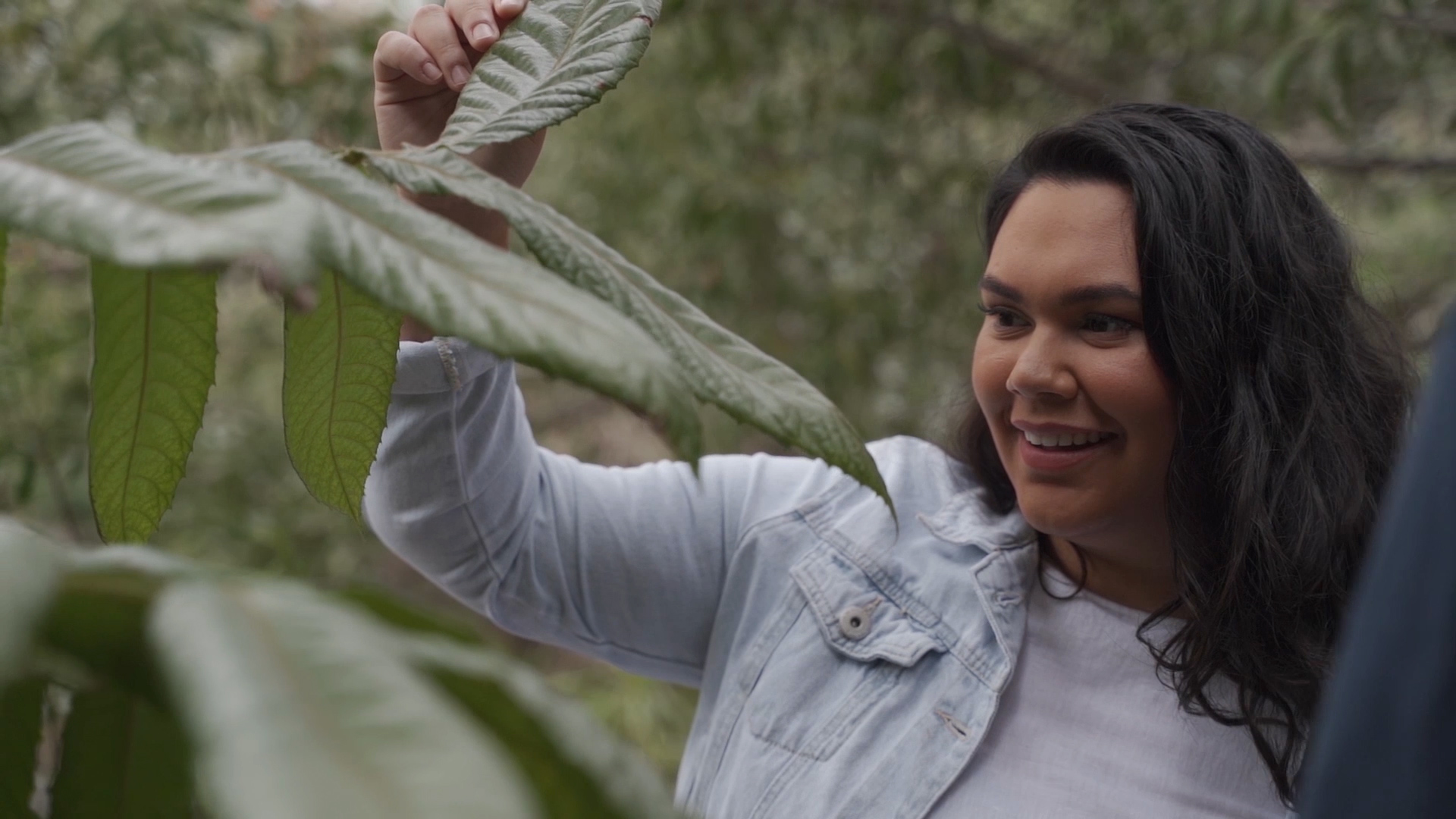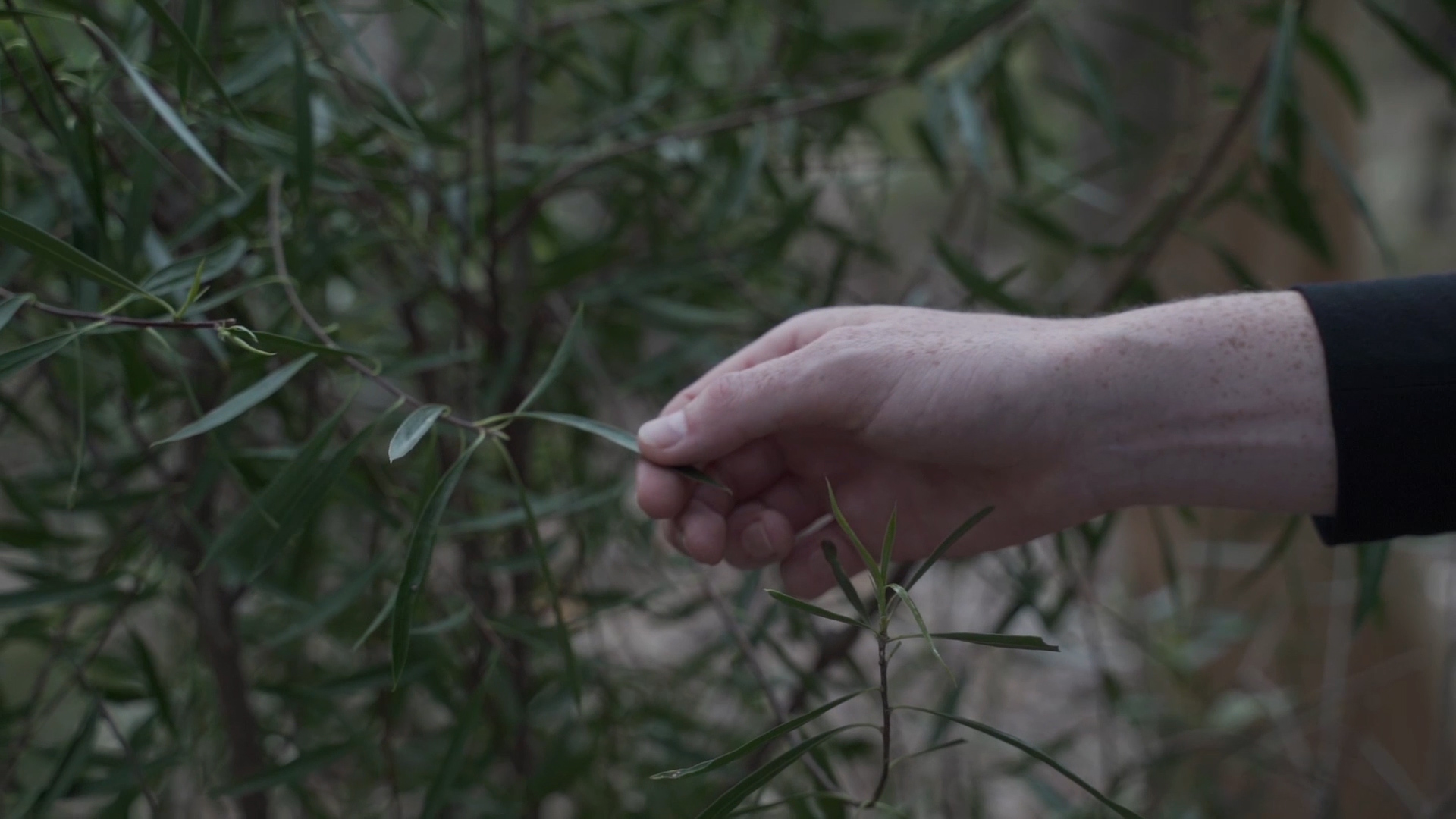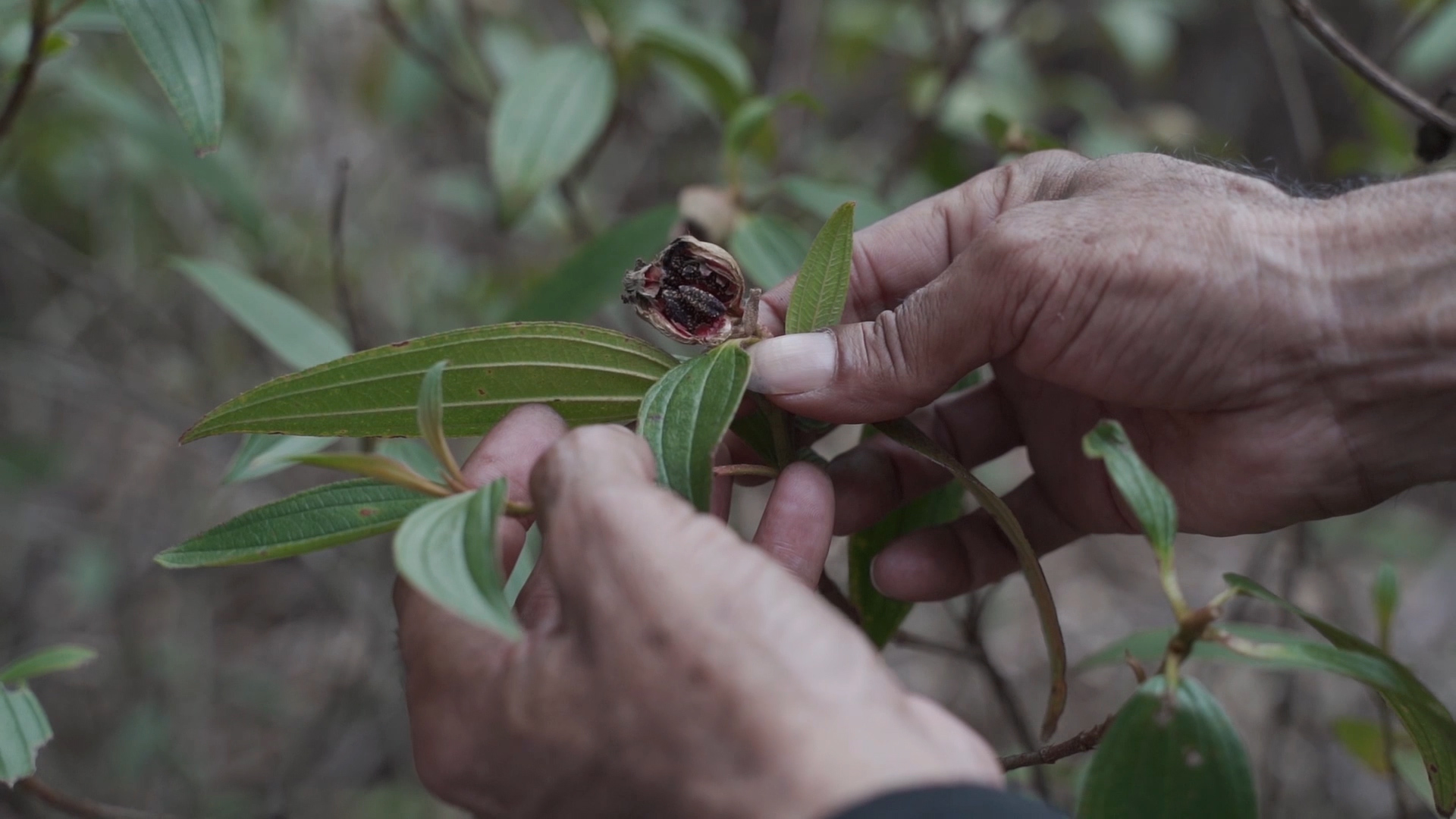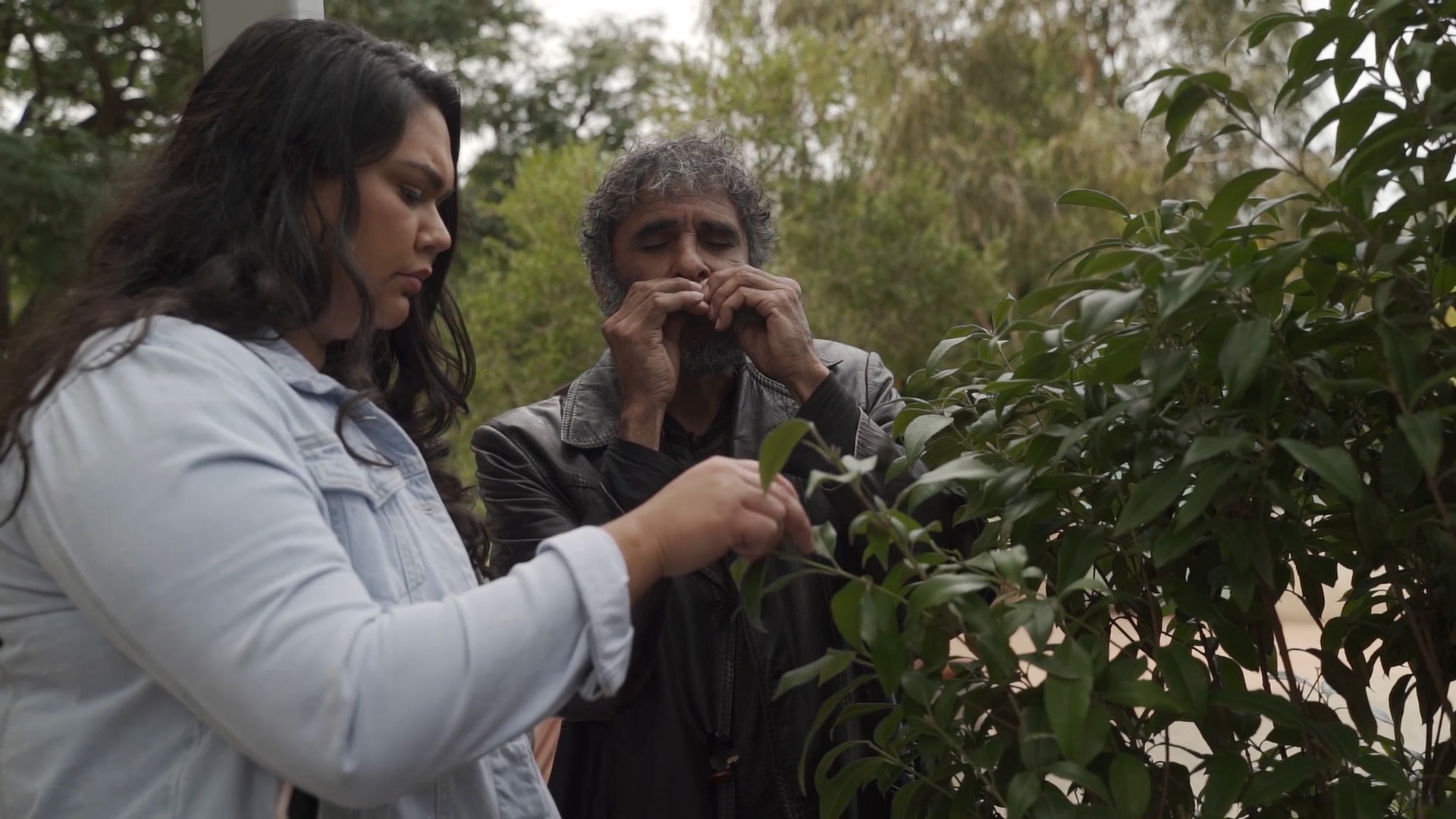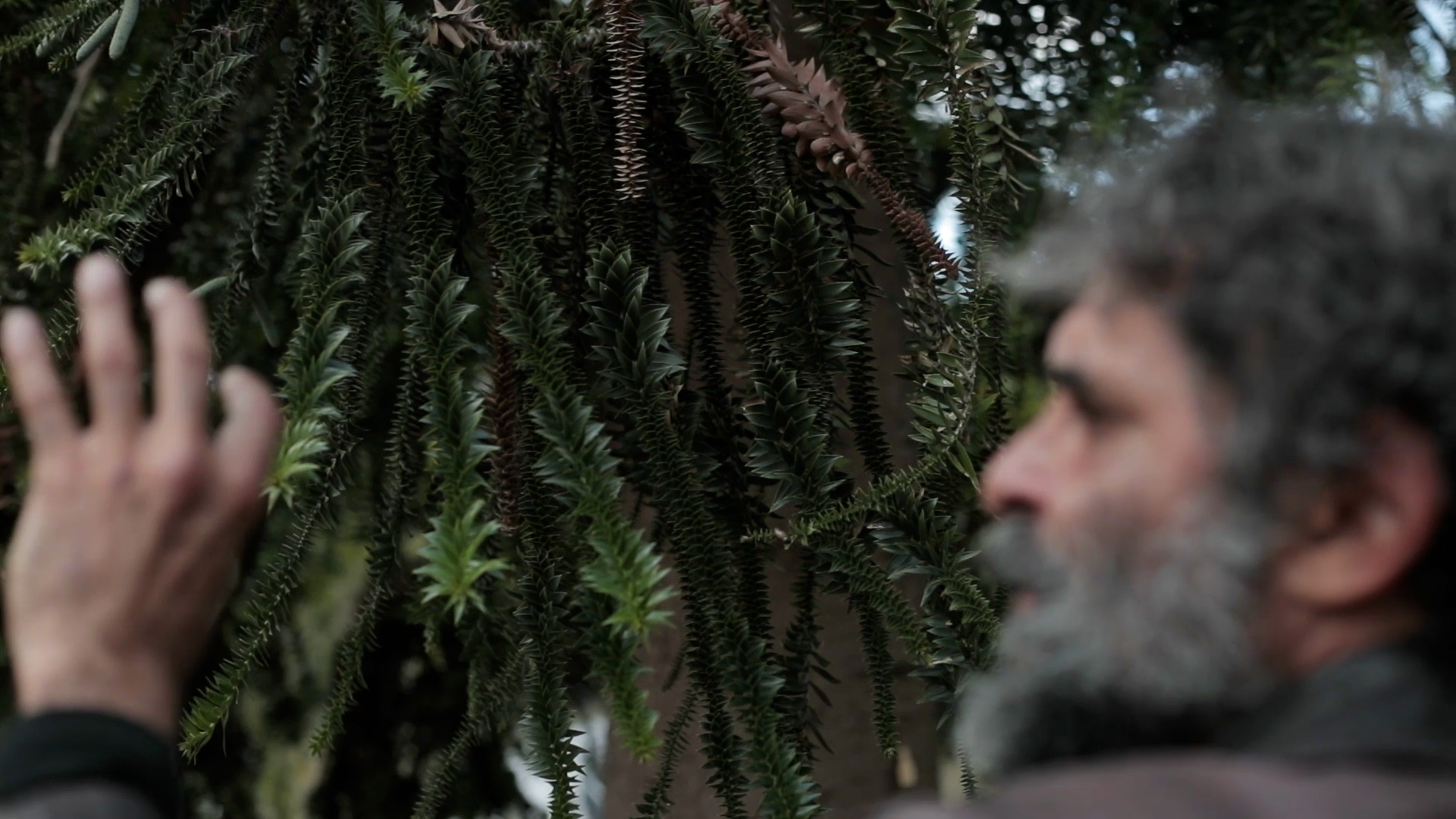As part of UQ NAIDOC Festival 2020, Aboriginal scholar, Alex Bond takes us on a virtual tour of UQ's Bush Tucker Garden at St Lucia campus.
Explore the Davidson Plum, Bunya Tree and Gumbi Gumbi and learn how these amazing plants have been significant in the lives of this country's inhabitants for thousands of years. Learn about the Aboriginal culture and history of the St Lucia area, with a tour around the lakes area of the University of Queensland campus grounds.
Featured plants
Davidson Plum
Davidson Pruriens
- Small rainforest tree that grows from 4 m to 8 m
- Leaves are large, pinnate and drooping, with new growth tinted red
- Fruits from February to May and produce 50cm plum-like berries
- Like the NSW variety, fruit is best when cooked, such as for jams or sauces
Gumbi Gumbi
Pittosporum angustifolium
- Also known as the Native Apricot
- Small tree, up to 8m in height with shiny green leaves, pale green below
- Flowers in August to October, yellowish-cream, slightly perfumed
- Small round yellow-orange fruit, 12-25mm
- Traditional medicine, infusion made with leaves said to have anti-carcinogenic properties
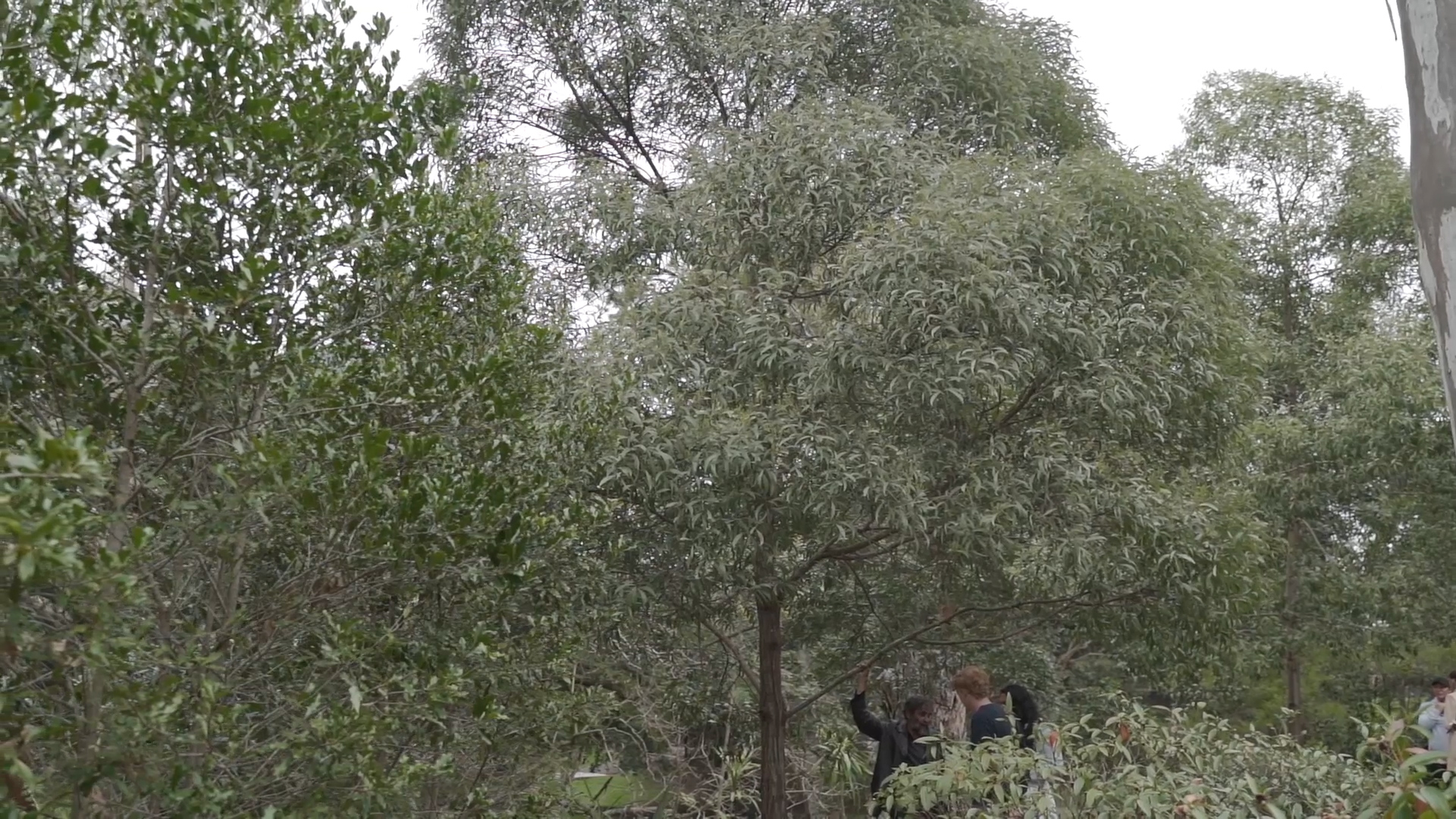 Black Wattle
Black Wattle
Acacia Concurrens
- Small tree that can reach 10m high
- Bright yellow, rod-shaped flowers seen from late winter to early spring
- Bark infusion can be used to treat coughs
- Wood can be used to make spears, clubs, boomerangs (particularly) and fibres
Blue Tongue Berry
Melastoma affine
- Rainforest shrub with attractive red veined foliage
- Purple to mauve flowers appear in spring and summer
- Bristly fruits contain numerous small seeds in a sweet purple pulp
- Fruit will stain the tongue blue, thus the common name
- Host plant for the Miskin Jewel butterfly
Lemon Myrtle
Backhousia citriodora
- Medium tree with evergreen glossy leaves
- Rub a leaf between your palms to release the fragrant citral oil
- Leaves can be used fresh or dried for a variety of purposes, from teas to desserts to meat rubs
Bunya Pine Tree
Araucaria bidwillii
- Or Bonyi (Bon-yee)
- Very important food source
- High Protein source
- Nuts can also be roasted
- Bunya Pine forests such as Bunya Mountains, bought large gatherings of neighbouring tribes share in gathering bunya nuts and performed ceremonies and corroborees. This would only occur once, every 3 years when the nuts were in best season.

